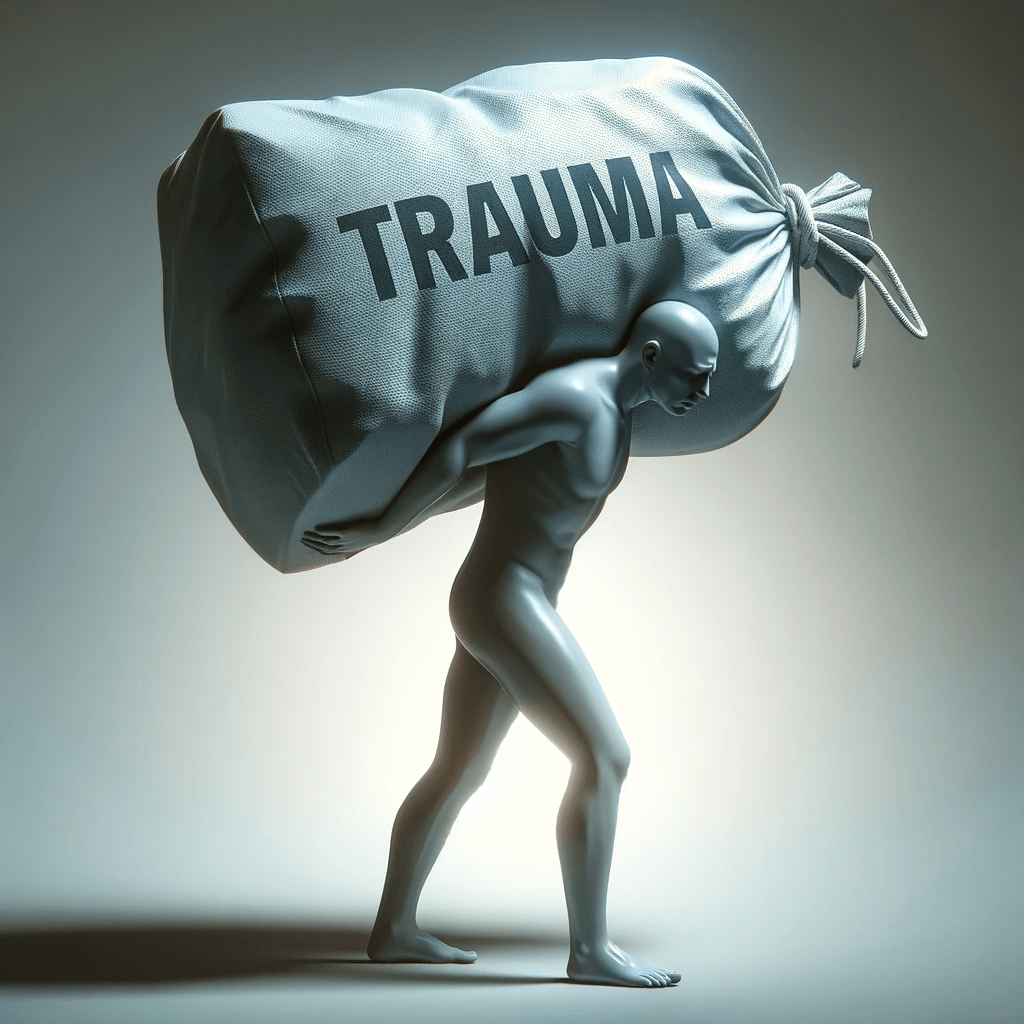The intersection of movement and music presents a profound avenue for healing and transformation, particularly through the lens of Bahá’í teachings. Within this framework, trauma is not merely an isolated experience but a collective human condition that demands a holistic approach to wellbeing. In this exploration, we delve into the essence of how music and movement serve as catalysts for healing, offering insights grounded in Bahá’í principles.
Trauma permeates the human experience, often leaving indelible marks on the psyche that manifest in myriad ways. The Bahá’í perspective recognizes the interconnectedness of mind, body, and spirit. It posits that healing necessitates a pluralistic approach, where the integration of artistic expression, such as music and dance, becomes vital. This is not purely for aesthetic enjoyment; rather, it is a sacred conduit for transformation.
The first step in this transformative journey involves acknowledging the pain that accompanies trauma. Bahá’í teachings emphasize the importance of recognizing one’s emotional state and the capacity for growth inherent within. Movement is an intrinsic part of human expression—the body, in its malleability, mirrors the dynamic ebb and flow of feelings. Engaging in dance or physical movement provides a gentle yet powerful means of externalizing internal suffering, facilitating a release of emotional tension.
Moreover, music, in its myriad forms, serves as both a balm and a beacon. It transcends language, touching the depths of human emotion and conveying sentiments that words often fail to articulate. The Bahá’í writings highlight the transformative power of music: it can inspire, uplift, and ultimately lead to a state of healing. Its resonance creates spaces where individuals can connect with themselves and others on a profound level, fostering a sense of community and shared experience.
The act of engaging with music—whether through listening, playing an instrument, or participating in communal singing—invokes a spiritual awakening. Music becomes a holistic tool that embodies the interconnectedness celebrated in Bahá’í teachings. When one participates in this sacred art form, it is as though the individual is drawn into a dance of collective healing, a recognition of the shared struggle of humanity.
Central to the Bahá’í approach is the concept of unity. To move from trauma to transformation, individuals are encouraged to partake in collaborative practices that reinforce social bonds and communal resilience. In group settings, movement and music become communal rites, breaking down barriers and opening channels of empathy and understanding. This process fosters not only individual healing but also nurtures the collective spirit, fostering an environment conducive to growth and healing.
Furthermore, regular engagement in these therapeutic practices can instigate tangible changes within the nervous system. Research supports the notion that rhythmic movement and melodic patterns stimulate the release of endorphins and other neurochemicals that promote emotional and physical well-being. By embracing movement and music as essential components of recovery, individuals can mitigate the physiological effects of trauma, finding solace in the rhythm of life itself.
Yet, it is essential to approach this journey with intentionality. The quiet act of listening, the deliberate movement of the body, and the conscious creation of music all require mindfulness and presence. In accordance with Bahá’í teachings, it is essential to cultivate an inner state of stillness—a backdrop against which the healing power of movement and music can truly flourish. This inner calm invites individuals to explore and reconcile their experiences in a nurturing environment, facilitating a pathway toward wholeness.
Moreover, the transformative potential of this approach extends beyond individual healing; it has implications for societal and global healing as well. In a world rife with divisions and conflict, the unifying power of music and movement can transcend cultural boundaries. Bahá’í teachings advocate for the acknowledgment of diversity as a source of strength. Implementing creative practices in diverse settings can foster dialogue and understanding, reinforcing the very fabric of society.
The integration of movement and music within therapeutic settings aligns seamlessly with the Bahá’í view of human progress. It highlights the belief that individuals are not solely passive recipients of trauma but active participants in their own healing narratives. By engaging in rhythmic expression, individuals reclaim autonomy over their bodies and experiences, thus steering their journeys toward empowerment and hope.
Equally important is the recognition that transformation is often a gradual process. Healing does not manifest instantaneously; it unfolds in layers, much like a tapestry woven over time. The Bahá’í faith teaches that patience and persistence are virtues to be embraced on the road to personal and communal transformation. Every movement performed, every note played contributes to this evolving narrative of healing, echoing the understanding that every step taken is a step toward resilience.
In conclusion, the healing power of movement and music, viewed through the prism of Bahá’í teachings, offers a robust framework for navigating the complexities of trauma. It invites individuals and communities alike to engage deeply with their experiences, harnessing the integrative power of art and expression. By embracing these practices, we can embark on a journey from trauma to transformation, uncovering the profound healing potential that lies within each one of us. This approach not only nurtures the individual spirit but also contributes to the collective well-being of humanity, showcasing the indomitable strength found in unity and shared experience.
